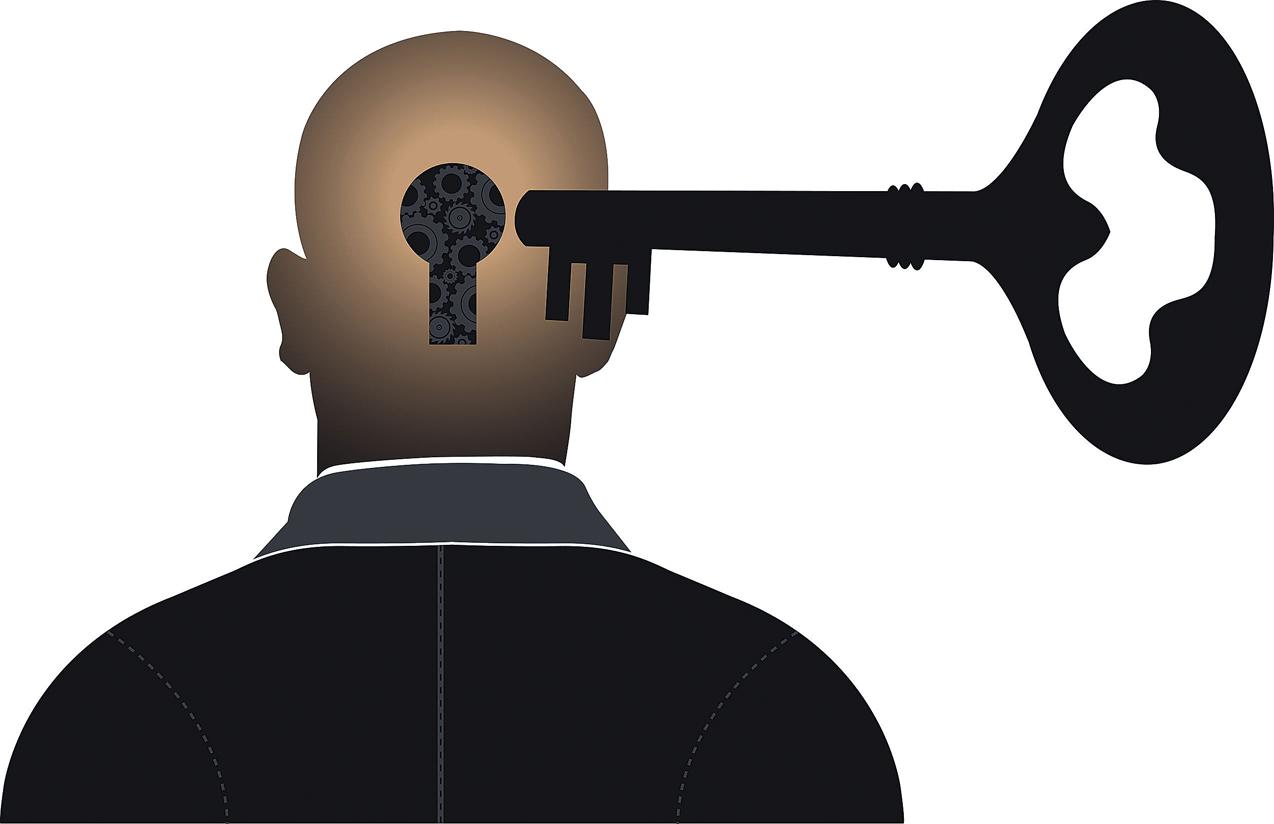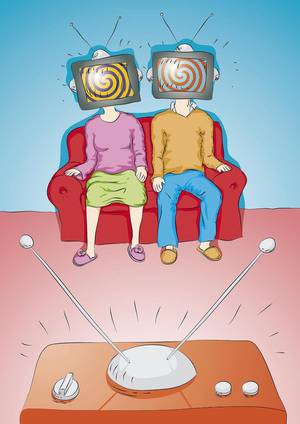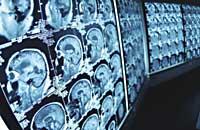Neuromarketing: inside the brain of consumers!
2012/05/01 Echeazarra Escudero, Leire - Farmazian lizentziaduna eta Giza Fisiologiaren arloko ikertzailea Iturria: Elhuyar aldizkaria

We are full of advertising messages and it is increasingly difficult for companies to attend to us. It seems that the techniques used so far, such as questionnaires and surveys, have not been very effective, since they are based on the conscious conviction of consumers. It seems that consumers do not know well the emotional reason or sensations created by the senses. For this reason, in recent years the so-called neuromarketin has been created. Neuromarketine offers companies tools to understand and guide irrational consumer behaviors, in order to improve advertising techniques, thus helping to implement the brands of their products in our brain.
The brain of consumers: why do we buy what we buy?
Are all the decisions we make very well thought out? Are they aware? Unfortunately, if you think so, you will be wrong. In reality, most of the decisions we make daily (about 85%) are unconscious and the emotions are the ones that govern them.

Neuroscientist Brian Knuston teaches psychology and neuroscience at California Stanford University. He says that humans have a special mechanism to make decisions more easily, that is, we have a quick way to classify what are good and what are bad between things, without having to value all the risks and benefits. Whenever possible, the brain takes into account life experiences to make the right decision in the shortest possible time. It is what drives us to buy well-known brands. This saves time and facilitates the selection process. According to Knuston, these emotional and intuitive brain regions (limbic systems) are very important in the decision-making process than cognitive (conscious) regions. Neuroscientists believe that emotions, in addition to participating in decision-making, guide these decisions. To prove it they designed an experiment. This experiment measured the brain activity of volunteers as they viewed 80 products. The price of each product was known and volunteers could order the products they liked most. Seeing their preferences activated the nucleus accumbens (brain region associated with pleasure), while when the price was excessive the insula (brain region associated with pain) was activated. Knowing this activity, you could know what each one would decide. This experiment showed that emotions, in addition to influencing the decision-making process, lead the process itself.
Strategies to capture the senses. Objective: to generate emotions
As we have explained, emotions are very important in buying. Subjective sensations are received through the senses, which occurs unconsciously. That's why companies try to catch our senses. Everything is designed and calculated to get our attention, seduce us, attract us. The key is not in what is offered, but in the emotion that is generated. It is clear that the important thing is to fill the products with emotion. How? Using smells, sounds, colors or pleasant lights. The greater the emotion, the greater the emotional involvement with the product (i.e., neuronal activation).

Who is not attracted to bright colors? According to experts, this behavior comes from antiquity. It seems that our ancestors were looking for water with bright colors, because the water shone when reflecting the sun. Colors also influence our unconscious. For example, blue is often used to create comfort in stores. However, green is avoidable because it relates to money and spending. Smells have also been taken into account to generate comfort, such as in hotels or banks. Several companies begin to hire experts in corporate odour design. In business meetings, for example, hot drinks (coffee or tea) are offered to generate comfort, friendship and trust. The creation of these sensations can be decisive, as they can help achieve negotiations or sales. Companies also design sounds very well. For example, the noise that occurs when closing the door of the car or the one emitted by the vacuum cleaner. Apparently, consumers consider this noise to assess the quality of the product.
Brand power: Pepsi or Coca-Cola?
The brand is very important because by the brand we consider the product reliable. Knowing the brand facilitates the decision process of what we are going to buy and we can be calm. The emotional bond with different brands is very strong. Companies have managed to attract our senses and implement ideas related to these sensations (happiness, health, beauty, youth, success...). A very clear example is that of Coca-Cola.

In one experiment they asked several volunteers to choose between two very similar soft drinks (Pepsi and Coca-Cola) without knowing the brand. More than half chose Pepsi. However, Pepsi is not the most successful brand. In view of this, neuroscientist Read Montague of the Baylor School of Medicine (USA) ), conducted in 2003 a new experiment with the aim of understanding the causes of this behavior. It must be said that the investigation was totally independent, that is, it did not receive grants either from Coca-Cola or from Pepsi. At first 67 volunteers were asked which of the two soft drinks they liked the most and then, once they had tasted, they were asked to choose the favorite without knowing the brand. Once this is done, the experiment is repeated, but in that session the activity of the brain is measured. Functional MRI analyzed the brain activity of volunteers and compared what happened when they drank a soft drink and another. Sometimes volunteers did not know the brand of the product and in other cases did. This way you could know which specific regions of the brain were activated when volunteers only used taste or the brand was known.
The results were published in the journal Neuron in 2004 in an article entitled Neural Correlates of Behavioral Preference for Culturally Familiar Drinks. Pepsi was more pleasant than Coca-Cola in the blind test. In fact, the area related to pleasure was five times more active when drinking Pepsi. However, knowing what they were drinking, 75% chose Coca-Cola. In this case, when drinking Coca-Cola, the cognitive regions of the brain and those related to emotion (prefrontal cortex, hippocampus and mesencephalon) were activated much more. Why do people choose if they prefer the taste of Coca-Cola Pepsi? Knowledge of the brand influences the perception of the volunteer. The brain collects many images and ideas related to the brand, and those ideas and emotions are very strong, more than taste and desire. We already have neurological tests of this mechanism, as well as techniques to measure the brain areas that are activated when feeling the emotions.
BIBLIOGRAPHY

Gai honi buruzko eduki gehiago
Elhuyarrek garatutako teknologia






